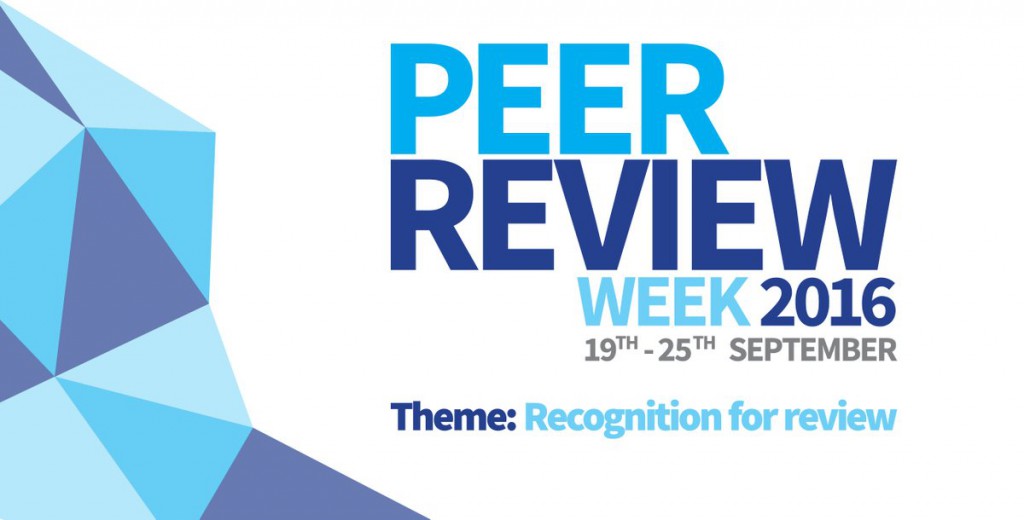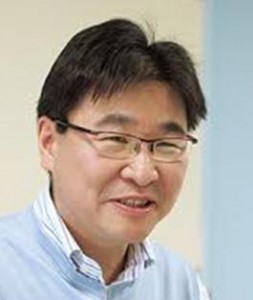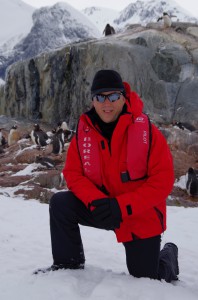Green Chemistry are delighted to support the Third International Symposium on C-H Activation (ISCHA3), 30 May – 2 June 2016, Montreal, Canada.
The scientific program of the ISCHA3 will consist of 22 keynote lectures presented by scientists working at the forefront of C-H activation. Their perspectives will encompass the fields of synthetic organic, organometallic, materials science and bioorganic chemistry and will create a uniquely diverse setting in which to discuss challenges and opportunities facing the C-H functionalization community.
Find out more about the conference, including abstract submission and registration at the website.
Abstract submission deadline: 15 April 2016
Early bird registration deadline: 15 April 2016
Green Chemistry are pleased to sponsor Christian Bruneau’s Lecture at the meeting. Christian Bruneau (CNRS-University of Rennes, France), Associate Editor of Catalysis Science & Technology, will be presenting his talk “Regioselective Functionalization of Saturated Cyclic Amines Involving sp3C-H Bond Activation and Hydrogen Transfers”. You can find out more about Christian Bruneau’s research at his website and read some of his recent papers below.
[Cp*Ru]-catalyzed selective coupling/hydrogenation
I. Labed, A. Labed, Y. Sun, F. Jiang, M. Achard, S. Dérien, Z. Kabouche and C. Bruneau
Catal. Sci. Technol., 2015,5, 1650-1657
DOI: 10.1039/C4CY01303D, Paper
Terminal conjugated dienes via a ruthenium-catalyzed cross-metathesis/elimination sequence: application to renewable resources
Hallouma Bilel, Naceur Hamdi, Fethi Zagrouba, Cédric Fischmeister and Christian Bruneau
Catal. Sci. Technol., 2014,4, 2064-2071
DOI: 10.1039/C4CY00315B, Paper
Reactivity of C–H bonds of polychlorobenzenes for palladium-catalysed direct arylations with aryl bromides
Liqin Zhao, Tao Yan, Christian Bruneau and Henri Doucet
Catal. Sci. Technol., 2014,4, 352-360
DOI: 10.1039/C3CY00757J, Paper


















